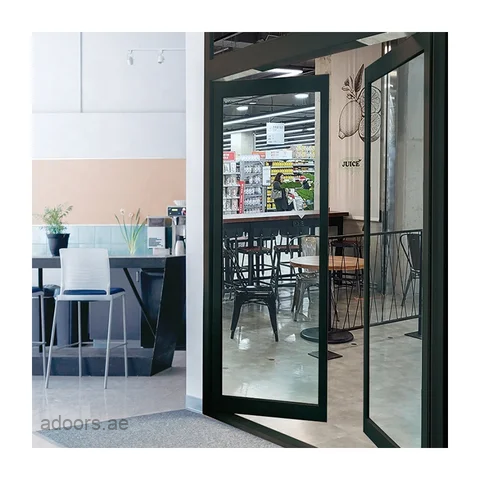Guide to Installing an Automatic Sliding Door
introduction
Automatic sliding doors provide a flexible, easy entry and exit solution for commercial and public spaces. They increase availability and improve energy efficiency. This article gives you a step-by-step walkthrough to assist you in installing an automatic sliding door in your business.
Step 1: Specify the size of the door
Begin by measuring the opening where the door is to be installed. Make sure the smooth channel is slightly larger than the door frame for maximum efficiency. The rough opening should be 1/2” wide, and the height should be 1/4” greater than the exact dimensions of the frame.
Then, purchase the necessary hardware including additional components such as door operators, panels, rollers, sensors or switches. Confirm that all components are in hand before you begin installation.
Step 2: Meet the electrical requirements
Automatic sliding doors require a 110VAC power supply. Run a power cord to the installation site, which may require the assistance of an electrician.
Adhere to the manufacturer’s guidelines for wiring the door operator. Ensure that the main electrical connection is properly labeled and connected.
Step 3: Insert the Frame
Start by attaching the frame jamb tubes to the header, which contains the track and electronics. Once assembled, turn the door frame structure upside down and place it in the opening. Secure the jamb tubes to the wall with screws or screws, making sure the frame is flat and plumb.
Next, install the door cap to secure the bottom of the leaking door panels.

Step 4: Install the Door Panels
Follow the manufacturer’s instructions for hanging doors. For Maverick systems, mount the vehicle to the top rail and screw it to attach it to the door frames. Ensure proper alignment of rollers and anti-rise rollers for proper operation. Align the lower guide of the moving panel door with the lower panel and adjust as necessary.
Step 5: Install Sensors and Switches
If your door has sensors or switches, follow the manufacturer’s installation instructions. The sensors on doors are usually pre-wired and only need to be plugged into each side of the door head.
The door mode switch must be installed in the jamb tube and connected to the main control board.
Step 6: Final modification and testing
Make final adjustments to ensure the door opens and closes properly and aligns properly with the panel. Test sensors and switches to confirm proper operation, and make adjustments as necessary to improve performance. Comply with ANSI requirements and any local regulations during this installation.
About Australian Automatic Doors Dubai
Australian Automatic Doors Dubai specializes in a wide range of automatic door solutions, including automatic sliding, swing, revolving, overhead garage doors, high-speed doors, rolling shutter doors, folding framed and frameless doors, retractable doors, patio doors, standard sliding doors, pergola doors, and skylights.
With our diverse product line, we cater to various commercial and residential needs, providing efficient and reliable automatic door systems for different applications.
conclusion
Although installing an Automatic sliding door that isn’t working might appear difficult, it can be simple with the correct equipment and guidance. But it’s recommended to have a professional. You can make sure that your desk is set up correctly and functions well according to these instructions.
Consult a professional if you have any inquiries regarding any aspect of the procedure. To meet your demands, we at Australian Automatic Door and Hardware provide a selection of automatic doors.

